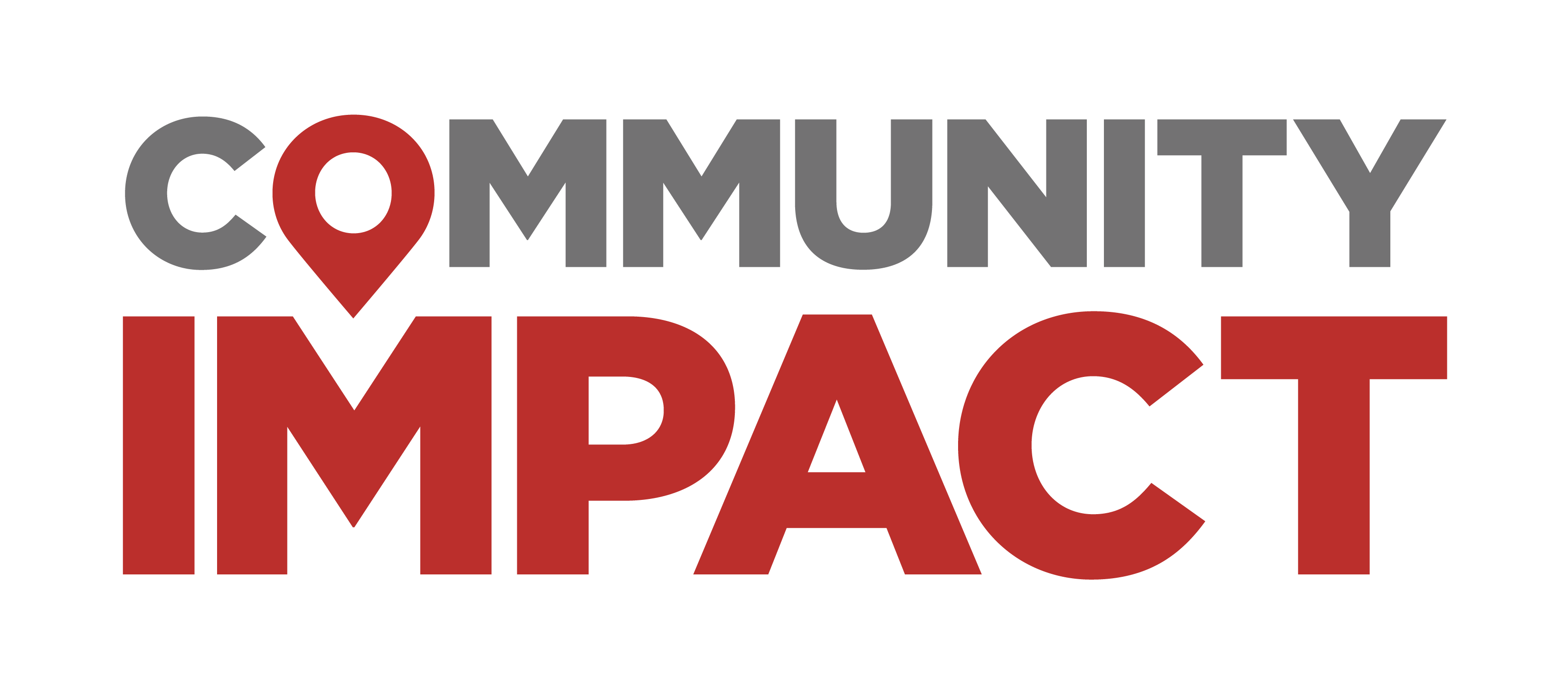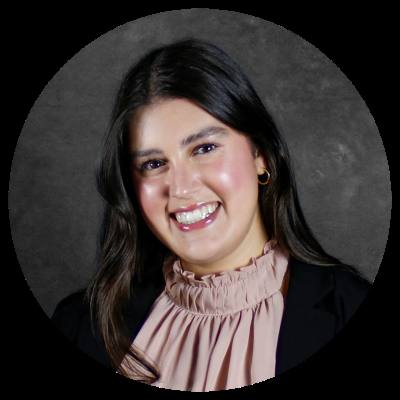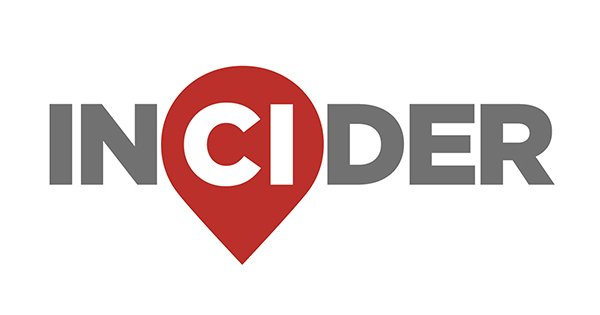SB 2 proposes spending $1 billion annually for education savings accounts, which families could use to help cover the costs of private education. About 100,000 students would qualify for the program, Creighton said.
“Across Texas public schools, despite the hard work of our teachers that we value and respect so much and the billions of dollars we spend in our state budget, many students are feeling left behind,” Creighton said on the Senate floor. “That is unacceptable.”
The voucher-like proposal, also known as school choice, is a top priority of Gov. Greg Abbott, Lt. Gov. Dan Patrick and other Texas Republican leaders. The Texas Senate passed versions of the measure several times in 2023, although it was shot down in the House.
Abbott declared education savings accounts an emergency item during his Feb. 2 State of the State address, allowing lawmakers to fast-track the proposal less than a month into the 140-day legislative session.
What you need to know
SB 2 would give families $10,000 annually per student to pay for tuition and other educational expenses, such as textbooks or transportation, at an accredited private school. Children with disabilities would receive $11,500 each year for private school, and families who homeschool their children would receive at least $2,000 annually.
During the 2022-23 school year, Texas public schools spent an average of $15,503 per student, according to the Texas Education Agency’s annual report. This includes state and federal funds and money received from local property taxes.
Families would not have direct access to the ESA funds, Creighton said. Instead, the state comptroller would distribute the funds to private schools or other vendors, such as tutors.
Additionally, participants would not be able to transfer money into a personal bank account or request reimbursements for out-of-pocket expenses, he said.
SB 2 would be a “fully universal” program, Creighton said, meaning students who are eligible to attend or enrolled in a public school could apply, alongside students enrolled in a private school or homeschool.
If more families apply than funding is available, 80% of the money would go to public school students who have disabilities or are from low-income households.
The bill defines “low income” as a household with an annual income at or below 500% of the federal poverty level. This is $160,750 per year for a family of four, according to the U.S. Department of Health and Human Services.
The debate
Some Democratic lawmakers said they believe private schools that would receive state funding should meet state and federal standards for accountability, accessibility and safety. In an amendment, Sen. José Menéndez, D-San Antonio, said private schools involved in the program should be required to hire certified teachers, comply with bullying laws and be transparent about their curriculum.
“I believe private schools must be held to a similar standard in regard to oversight, data collection, monitoring, performance and financial reporting to ensure accountability and non discrimination,” Menéndez said. “I want to make sure that... if tax dollars are going to work, the state of Texas gets their money's worth.”
The amendment was voted down, and Creighton called it a “list of strings” that would be passed on to private schools.
“If we're going to turn private schools in Texas into public schools, we don't need an ESA bill,” Creighton said.
Under SB 2, private schools would not have to admit all students or comply with the Individuals with Disabilities Education Act. The federal law requires public schools to serve students with disabilities and provide services tailored to their needs.
“Private schools do their best to accept the students they can serve,” Creighton said. “There are also situations where there are students they cannot serve.”
More details
Senators also discussed public schools, after some Texans raised concerns during the Jan. 28 hearing that an education savings account program would divert money from public education.
“We should focus on investing in public education, which builds the Texas workforce and strengthens our economy. ... These programs need more resources, not fewer, to help fill the gap caused by inflation and underfunded mandates,” Grapevine resident Rachael Abell testified Jan. 28.
Creighton noted legislative budget writers had set aside billions of new dollars for public schools in initial drafts of the 2026-27 budget, as previously reported by Community Impact.
“We can lift up our public schools and our public school teachers like never before in historic ways, and we can provide education opportunities that fit the needs and are customized for our individual Texas students,” Creighton said Feb. 5. “We can do both of those at the same time. Those aren't warring provisions or concepts.”
Sen. Lois Kolkhorst, R-Brenham, asked Creighton for his “commitment that the next bill we’re going to see for education will be an investment in our teachers.”
Creighton said that would be the case, adding that Abbott also deemed raising salaries for public school teachers an emergency priority Feb. 2.
Stay tuned
SB 2 will be sent to the House, where education savings accounts have historically faced more opposition.
A coalition of House Democrats and Republicans from rural areas rejected a voucher-like proposal during a 2023 special session, although Abbott has expressed confidence the plan would pass this year after several pro-voucher Republicans were elected to the House.
Before the full House can vote on SB 2 or similar legislation, it must be approved by a committee. House committee assignments had not been released as of Feb. 5.





